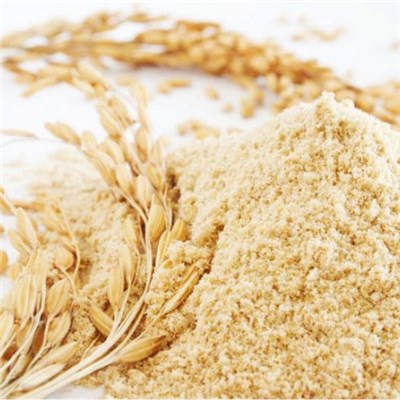Rice Hay
Rice hay, While often utilized as animal feed, rice hay presents an economical alternative for livestock nutrition. Despite its relatively lower protein content compared to traditional forage crops, it still offers vital nutrients. Integrating rice hay into animal diets can effectively reduce feed expenses while minimizing waste generation, aligning with sustainable agricultural practices focused on efficiency.
Beyond its capacity as animal feed, rice hay significantly contributes to soil enrichment and erosion control. When incorporated into the soil, it enhances organic matter content, thereby improving soil structure and water retention capabilities. Employed as a mulching material, rice hay acts as a natural shield against soil erosion, protecting fields from the detrimental impact of wind and water forces. This dual-purpose functionality underscores the inherent value of rice hay as an adaptable and beneficial agricultural resource.
In summary, rice hay exemplifies the potential of circular economy principles within agriculture. Its diverse applications, spanning from supporting livestock health to bolstering soil vitality, highlight its adaptive and resourceful nature. By harnessing the myriad advantages of rice hay, farmers can not only optimize resource utilization but also contribute to the advancement of sustainable agricultural practices.
- Description
- Reviews (0)
Description
| Specification | ||
| MOQ | : | 20 ton |
| Type | : | Rice straw hay |
| Use | : | Cattle, Horse and all other animals |
| Admixture | : | 0 |
| Moisture (%) | : | 12% |
| Protein | : | 5% |
| Fiber | : | 15% |
| Moisture | : | 10% |
| Grade | : | A |



Reviews
There are no reviews yet.